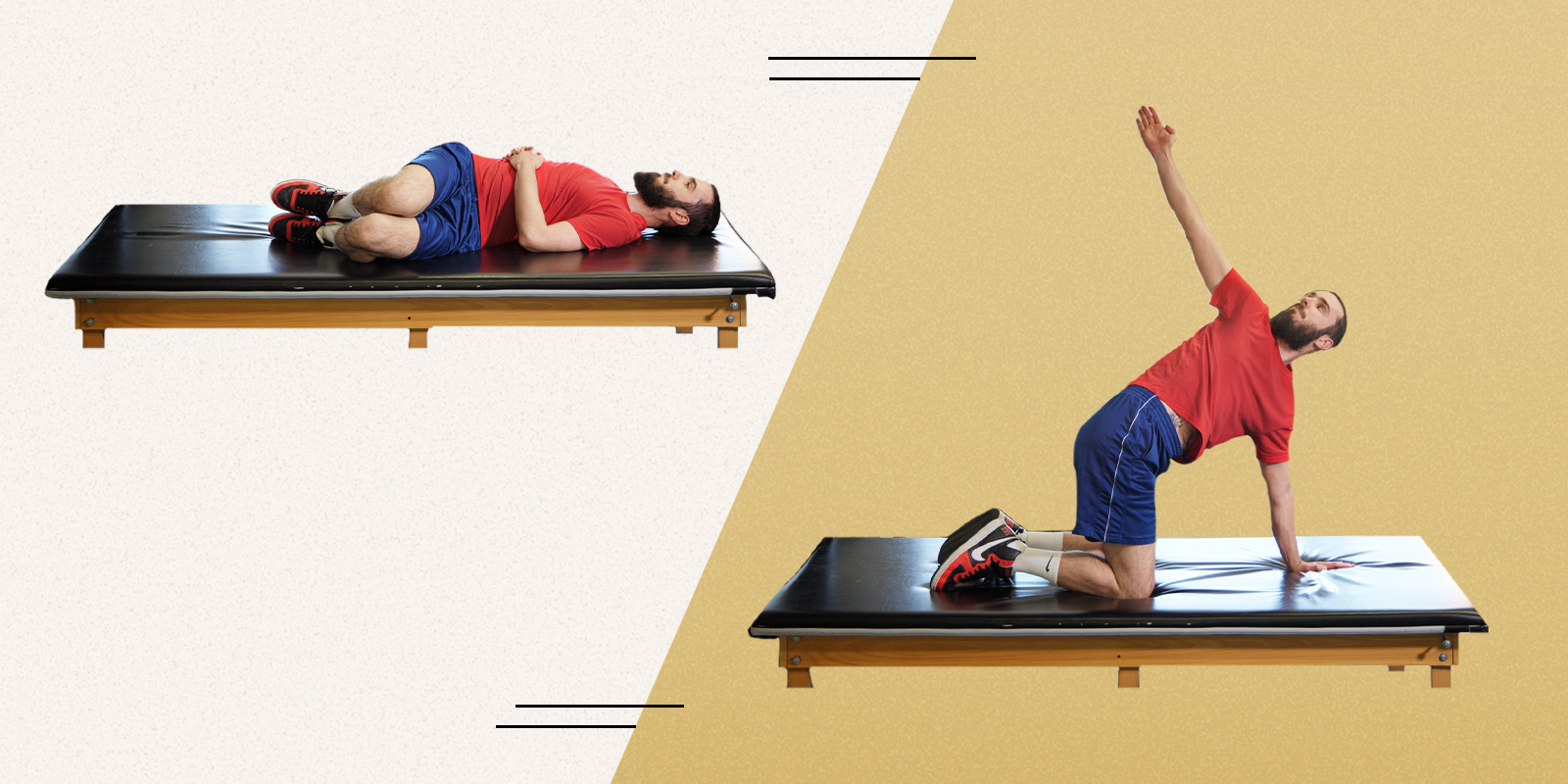What are common heart conditions young athletes should look out for?
Age is important. Below the age of 35, there tends to be a different demographic for what is identified as a problem compared to above the age of 35.
In the younger population, congenital heart issues, or heart conditions that are present at birth, often are behind causes of SCA.
Hypertrophic cardiomyopathy (HCM) is the most commonly identified congenital heart defect among elite athletes who have suffered from SCA, especially those below age 35. The second most common is anomalous aortic origin of a coronary artery. This is also a congenital condition in which one (or more) of the coronary arteries, which supply blood to the heart, originates from the aortic root in an abnormal location. That’s called anomalous origin of the coronary arteries. Arrhythmogenic right ventricular cardiomyopathy (ARVC), another inherited condition leading to abnormal heart structure and predisposing to dangerous heart rhythms, has also been identified as a cause of SCA among elite, young athletes.
From reports, Bronny James’ cardiac arrest was caused by a congenital heart defect. Although the specific defect has not been made public, his doctors are confident that it is treatable, and his prognosis is good enough that he will be allowed to play competitive sports again.
These conditions are not that common among all athletes. For HCM, the prevalence is as high as one in 200 in the general population, but among athletes the estimated prevalence is much lower (about one out of 5,000 or more). The prevalence of conditions like ARVC, on the other hand, varies significantly by geographic location. It is relatively rare in the U.S., but in places like Italy and Denmark, it tends to be more common.
Why these variations exist is unclear, but it is likely multifactorial, including related to differences in genetic make-up as well as differences in screening processes.
What about non-congenital heart issues?
Damar Hamlin had a structurally normal heart; he experienced one of the more common mechanisms for sudden cardiac arrest to happen in a young person during a contact sport, a phenomenon known as commotio cordis. Commotio cordis is caused by blunt trauma to the chest, delivered at a time when the heart is recharging for the next heartbeat. In this vulnerable period, the trauma can provoke an extremely unstable heart rhythm, which then ceases effective squeezing of the heart and thus halts circulation of blood. With Hamlin, as his heart was recharging, he had blunt trauma to the chest, and that's what then provoked the electrical storm. Fortunately, with rapid recognition and treatment (CPR and an external shock delivered by a defibrillator), this type of dangerous arrhythmia can be stopped, with good prognosis for the affected individual.
Luis Tejada was 41 years old. From news reports, he likely had a heart attack due to blockages or narrowing of his coronary arteries. Unfortunately, occasionally there are people who present with garden-variety heart attacks who are that young.
Above the age of 35, this etiology for sudden cardiac arrest is more common because narrowing of the heart arteries is more likely to be present (so-called atherosclerosis), which, even if not a problem when a person is performing usual activities, can lead to a sudden lack of oxygen supply to the heart when a person is participating in intense activity – the muscle is essentially working overtime. And then the lack of oxygen to the cells in the heart can precipitate this electrical chaos that then leads to the heart fibrillating and not circulating blood.
Is it dangerous then for pro-athletes to keep playing after the age of 35?
It is not necessarily dangerous, and Tejada was unlucky because it's also unusual to have a heart attack at age 41, or even as young as age 35. We know it happens, cardiologists see it, but it's just not that common. It’s difficult to quantify because it relies on the athlete providing information about what symptoms might be, and many athletes, especially at the elite level, may not recognize or acknowledge symptoms that may be concerning for an underlying heart problem, or they may just learn to deal with it. For instance, shortness of breath or chest discomfort with activities, or a change in some aspect of their performance, may be important signs that are overlooked as “normal” or minimized to avoid a potential perception of weakness or lack of proficiency in their sport.
What sport causes the most cardiac arrests?
It really depends on the underlying etiology. Commotio cordis is much more likely to happen in younger kids who may be more exposed to blunt chest trauma, such as in baseball or hockey. This known risk is at least partly accounted for in rules about padding as part of the uniforms for such sports. But in general, it's not a very common reason for athletes to have sudden cardiac arrest. Some studies have shown that the sports with highest rates of cardiac arrests in athletes are men’s basketball (especially at the NCAA level) and football.
How is sudden cardiac arrest different than a heart attack?
When we talk about sudden cardiac arrest, we're really talking about an electrical phenomenon. Electricity is what drives the heart to beat. And when it's organized, the heart beats effectively. But when it is chaotic or disrupted, as it is with sudden cardiac arrests, it's almost as though there are no beats and the heart suddenly doesn't pump blood, even if structurally there's nothing wrong with it.
A heart attack specifically refers to a blockage in the artery of the heart that leads to what we call a myocardial infarction. What that means is that some tissue in the heart muscle, because the blood flow and the delivery of oxygen of the tissue is being compromised, is now dying. And so that's what the infarct part means; this process does not always lead to sudden cardiac arrest.
So sudden cardiac arrest can occur when there's nothing wrong with the arteries, and there's nothing necessarily wrong with the structure of the heart, but the electrical activation is chaotic. With a heart attack, the electricity is working just fine except for the part where the heart cells are not getting enough blood and are dying.
Should young athletes who are diagnosed with a congenital heart defect avoid playing sports?
That's a great question.
Because by the time you get to NCAA-level competition, for instance, there are protocols for screening for the more common types of defects. And many times, those athletes are then withheld from being able to compete at that level. Now, does it mean they should avoid all sports? Not necessarily. It really depends on the severity of what they have. Those who have progressed to require implantable cardioverter defibrillators (ICDs) typically have to have a device implanted because they have such a severe condition that it is needed to treat potential recurrences. This population typically is withheld from playing competitive sports. However, having such a condition, including an ICD, does not necessarily mean that they cannot participate in recreational sports or that they should be inactive; they just probably avoid competitive sports.
Are there early signs to watch out for before this happens?
Sometimes there are symptoms. As I said before, there are likely more instances than recognized in which subtle symptoms limiting performance may be present but ignored or downplayed. A colleague of mine had to have triple bypass surgery after he’d been running without significant limitation except for one occasion during which he had a weird indigestion-like feeling that resolved after he rested. He had a subsequent similar experience a week later, then sought cardiology care, and within a week was diagnosed with severe coronary disease and underwent surgery. He had acute symptoms, just not chronic ones.
Common symptoms suggesting an underlying heart problem include shortness of breath or chest discomfort, especially with activities, decreased level of performance or functional capacity, either intermittently or continuously, palpitations, dizziness or lightheadedness without good explanation.
Photo at top (from left to right): basketball player Bronny James, football player Damar Hamlin and soccer player Luis Tejada.




